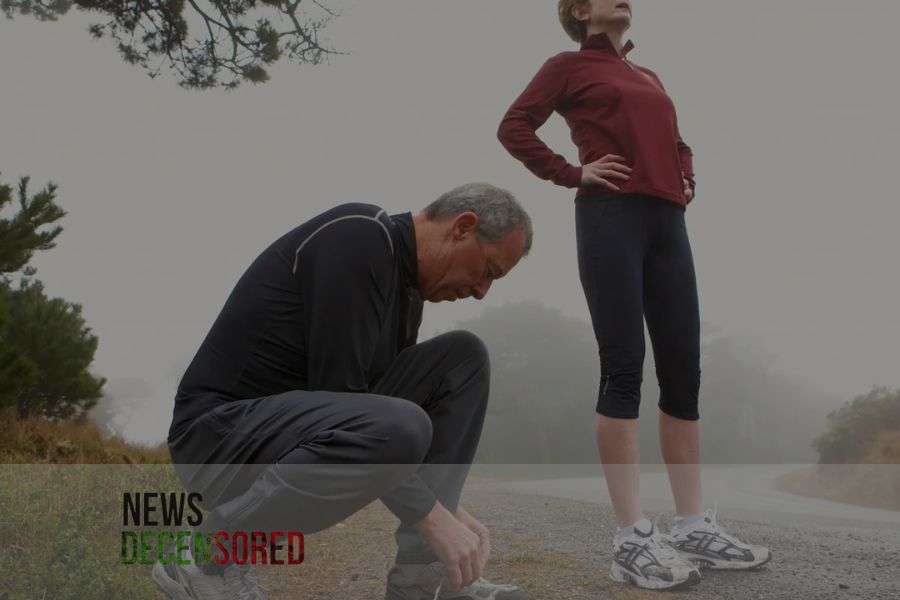The recent Italian study presents a paradigm shift in our understanding of obesity. It reveals that many middle-aged adults may be misclassified under the current Body Mass Index (BMI) system. This study highlights the shortcomings of BMI while also offering a possible solution.
The University of Tor Vergata study in Rome included a sample of over 4800 people aged between 40 and 80. Although only 38% of men and 41% of women met the BMI criteria for obesity (over 30), a more accurate body fat scan assessment revealed a far higher proportion of obesity: 71% for males and 64% for females.
This problem originates from the fact that BMI is a straightforward computation of weight and height. It does not distinguish between muscle and fat, becoming increasingly problematic as we age. The weight may stay the same as muscle mass falls and fat goes into the belly area near the organs. Nevertheless, this can cover the situation of unhealthy body fat, which increases the chances of severe health problems.
“If we only use the BMI criterion for obesity screening according to the WHO, ” says the co-author Professor Antonino De Lorenzo, “we will overlook a lot of middle-aged and older adults who are at risk of obesity-related diseases like type 2 diabetes, heart disease and certain cancers.
The scientists claim the BMI limit for the obesity diagnosis to be 27. On the contrary, the other side of the argument is that this modification will allow the recognition of millions of people who would otherwise be anonymous and, hence, would not get the required preventive health care. Nevertheless, the study also has its weaknesses.
The study mainly focused on a particular area in Italy and did not deal with issues like how people are overweight or their lifestyle habits (diet, exercise). To sum up, the fact that body fat percentage is not the definitive solution to the problem is also a reason for its errors.
“We need a user-friendly and easy-to-use tool for the population,” Professor Marwan El Ghoch, a writer and co-author, stresses. BMI is designed especially for healthy people, mainly because it is cheap and easy to use compared to body fat scans, unavailable in all health care.
Professor Naveed Sattar believes that there are other ways to solve the problems. He suggests combining the waist measurement with other indicators like blood pressure and blood sugar levels to get the whole picture. This multi-sided approach will provide a more detailed image of the health risks of being overweight.
The pursuit of the most effective method for identifying and solving obesity is still ongoing. This Italian work confirms that BMI may not be suitable for middle-aged people. Therefore, the research on it should be continued to create tools that will be more convenient and applicable for obesity screening and risk assessment. In the final analysis, combining different tactics, like improving screening methods, health education on healthy lifestyles, and providing preventative health care, are the primary weapons in preventing this global health catastrophe.















